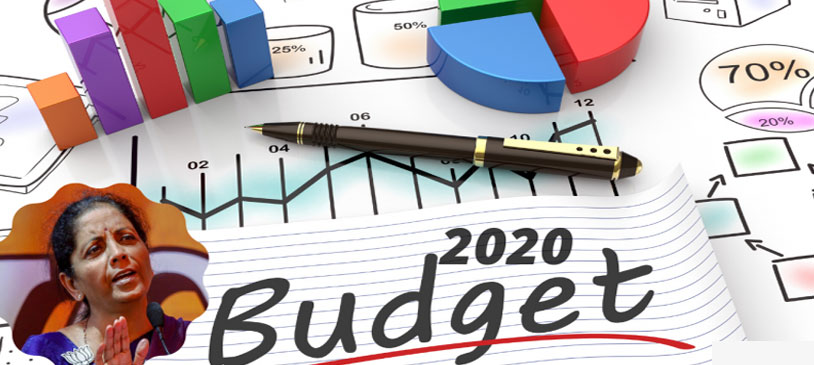Finance minister Nirmala Sitharaman will present her second budget at a time when Indian economy in the middle of a deep downturn. India’s gross domestic product (GDP) is expected to grow at 5% in the current fiscal ending March, slower than the 6.8% growth recorded in 2018-19. Rising retail inflation, sluggish consumption, rising level of unemployment, tepid private investment are some of the challenges that Sitharaman will have to tackle in the upcoming budget. Banks and other lending institutions are the backbone of any economy. Here are the three things that Sitharaman needs to keep in mind:
Boosting credit
In the last few months, the government and the banking regulator have taken several steps to increase access to credit, such as recapitalisation of public-sector banks by the government, which aims to infuse ₹70,000 crore into these banks this fiscal, steps taken by the Reserve Bank of India (RBI) to improve transmission of the repo rate cut, banks outreach programmes across the country, among others. However, credit growth for the overall banking sector took a hit amid the slowdown. In a report released last month, the central bank said banks need to restart lending to industries in order to stimulate the capex and investment cycle. Higher credit growth is even more crucial now as it is symbolic of higher demand and investment in the economy.
NBFC crisis
Non banking financial companies (NBFCs) play a crucial role on providing access credit to businesses and individuals. The shadow banks have been struggling with liquidity constraints since the Infrastructure Leasing and Financial Services (IL&FS) crisis emerged, with payment defaults by group companies in June, 2018 and a subsequent breakdown three months later. Some entities found it difficult to meet their funding needs, with banks turning cautious before extending credit and funds not being available from the markets. The shadow banking sector has also been hit because of the exposure to stress in the real estate sector, as well as governance problems. While state-owned banks have continued to support NBFCs and HFCs, post IL&FS crisis, more steps are expected in the Budget so that even the small entities are able to access funds.
Bringing back FRDI Bill
Financial Resolution and Deposit Insurance (FRDI) Bill that aims at resolution for troubled financial institutions could be back on the table. The proposed law is expected to increase insurance cover on bank deposits and regulate cooperative banks. This comes in the backdrop of the scam-hit Punjab and Maharashtra Co-operative Bank that affected depositors. The Bill was withdrawn in 2018 due to concerns over the controversial ‘bail-in’ clause which states that depositors of a failing financial entity will have to bear part of the resolution cost.
SOURCE: bit.ly/2uiJJPJ
